After a drought, many Austin homeowners will begin poking their heads out of their air-conditioned summer sanctuaries to survey the damage. After a winter-long dormancy, there’s still one big question on many of our minds: “will my grass grow back?”
It’s no secret: Austin’s 2022 average temperatures have been stuck somewhere between “extra toasty” and “hotter-than-hell” since May. Rainfall has been well below average. Most of us are still in severe to extreme drought.
Even if you still watered more often than you were supposed to (cough, cough, we won’t tell), you still likely ended up with scorched sections of damaged grass. Despite our best efforts, exposed areas (like out by the street) suffer extreme stress during the summer heat.
Will my grass grow back?
That’s the million-dollar question. We’ll need to look closer to determine if your grass is dead or dormant. Most grasses around Austin propagate by roots and runners, so regrowth depends on how much ground it has to cover. If your turf is “thin” but consistently green, that’s promising. Some TLC will help it fill back in.
If there are larger areas of totally dead grass, those runners will take months (or even years) to fill back in. If you can easily pull up large chunks of dry brown grass, there’s no easy way to say it — that grass is in a better place now, amigo.
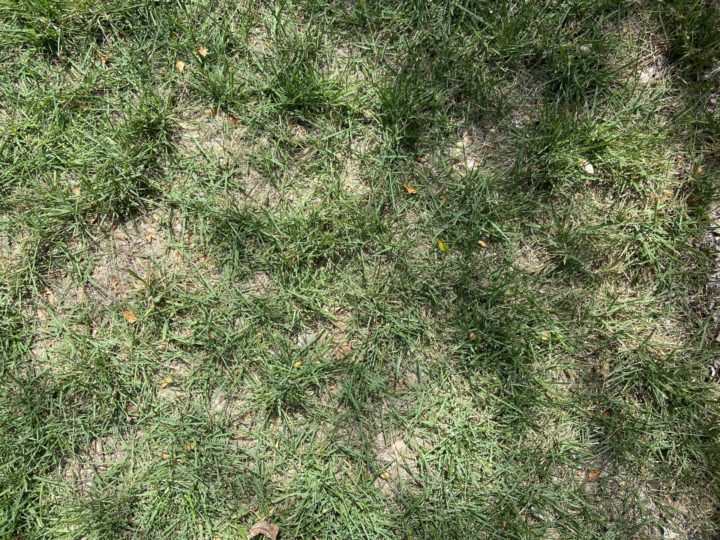
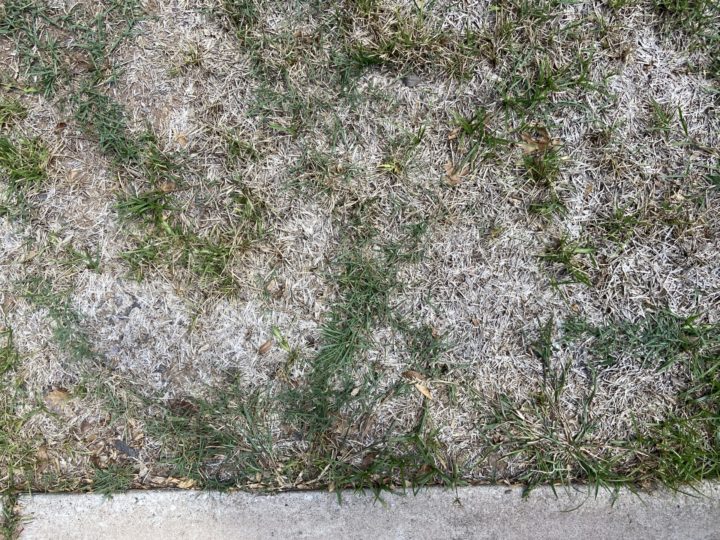
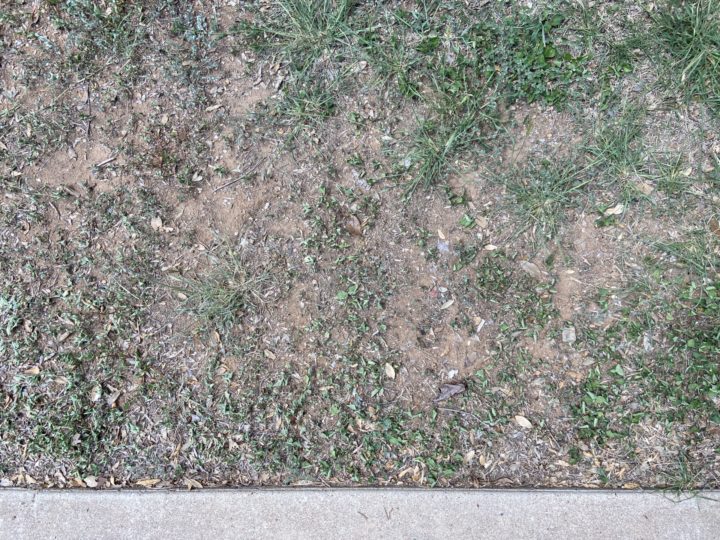
Give your grass a fighting chance!
As long as you’ve got some green, that’s a good sign, but still, will by grass grow back? Whether you are trying to repair old turf or establish new, proper maintenance and nutrition are essential for Central Texas lawns.
- It takes a lot of energy to repair and regrow. Make sure your grass has everything it needs with a fertilization and weed control program.
- Our ground is rock-hard after a dry summer. Schedule a round of core aeration to loosen the soil and make way for new roots.
- Top dressing will also replenish nutrient-rich soil in your lawn. Most people top dress in the spring, but there’s also a narrow window to do top dressing and aeration in the fall. You want it to be warm enough that the grass is still growing but cool enough that the new soil doesn’t smother your grass in the heat.
- Last but not least, make sure your irrigation system is up to speed! We can help ensure that everything is working correctly and providing full coverage.
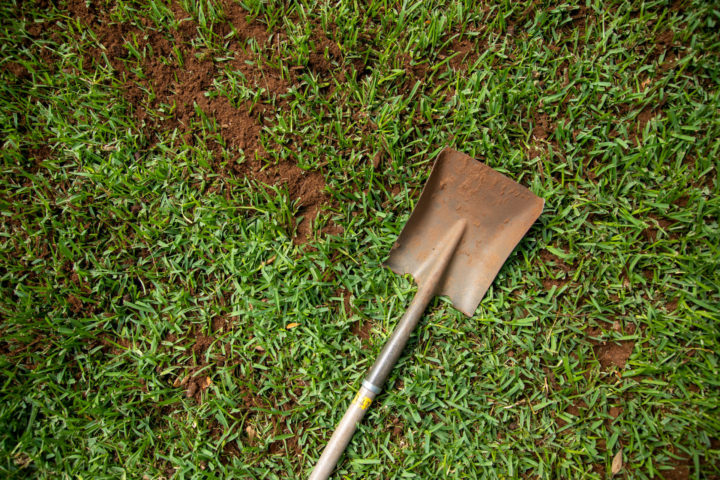
Repairing your lawn with sod
If you’re not content to wait, you can take matters into your own hands. Many homeowners will be repairing sections of their lawns with some new sod this year.
Generally, sod costs around $5 per square foot installed. Here’s what it looks like:
- First, we’ll match your grass type and get you a quote.
- Then, we’ll purchase the sod by the pallet or half-palate (each pallet covers about 450 square feet).
- Ground preparation is the most critical step for success. We remove the old turf with a shovel or sod cutter, level the area, and put down a layer of nutrient-rich topsoil.
- Next, we’ll lay the sod nice and tight and give it a good watering.
- The rest is up to you! Make sure to water diligently for the next two weeks — or more if conditions are still dry.
Many people lay sod in the spring, but you can also do it in the fall to help it establish roots before going dormant over the winter.
Don’t wait too long if you’re installing sod in the spring. You want to give it a head start while things are still cooler and optimal chances of surviving next summer’s heat.
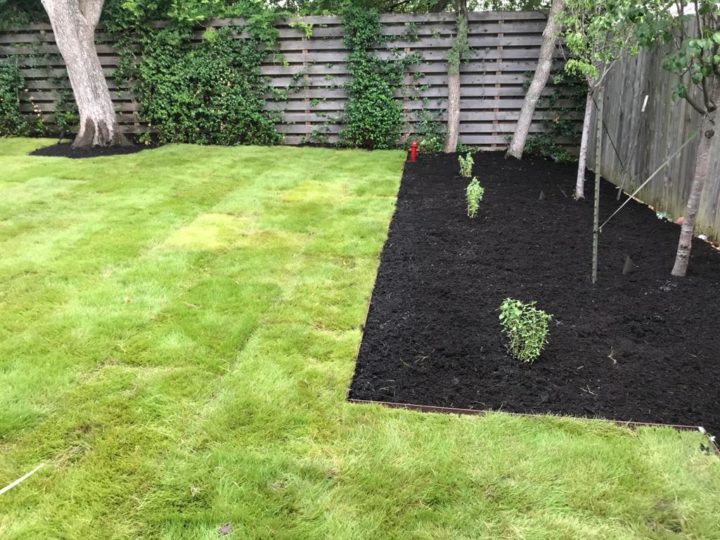
Let’s talk grass
If you want to get down to the “nitty gritty,” just fill out our form or call 512-291-7050 to schedule a fast, free quote. We’ll take a look at your turf and help come up with a plan to get your lawn back in action!

